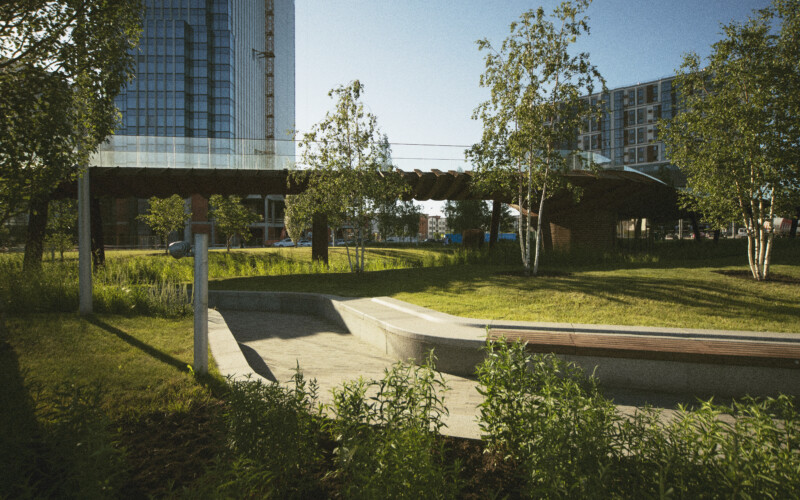
We have been using the terms ‘cityscape’ or ‘urban landscapes’ since the beginning of the 20th century, although Henri Lefèbvre did not lay the foundation for our understanding of their meanings and implications until the 1970s. As a Marxist philosopher, he certainly adopted a critical stance to the functionalisation and particularisation of (urban) spaces and prepared the ground for using this technical term to group various disciplines that describe and plan space, including geography, regional sociology, urbanism/
Research into the urban landscape – which is therefore only 100 years old – is acquiring added urgency and permeating (research) disciplines due to spiralling population development, the rapidly changing demands on (co)living in developed civilisations combined with comparatively new responsibilities in relation to the use of resources and the opportunities presented by innovative technologies. Social geographers who adopted the term around 1920 to characterise cities within definable cultural landscapes or cultural spaces have since been joined by various spatial sciences such as architecture, landscape design, geography, spatial planning, urban sociology and other disciplines – a clear indication of the complexity and design challenges involved in analysing and planning construction projects and their implementation. After all, the days in which it was merely a question of ‘providing housing’ are long gone.
The German Pavilion at the 9th Venice Biennale offered further proof of the importance of ‘urban landscapes’. International Architecture Biennale 2004 in Venice: entitled DEUTSCHLANDSCHAFT – Epicentres of the Periphery, it used 38 projects to demonstrate how alternatives to conventional building forms could be used in the urban periphery, the suburbs, the deindustrialised areas and the conurbations of warehouses, housing estates, shopping centres and industrial estates, and what would be needed to do so. The positive response worldwide provided additional proof that the discussion about urban landscapes is highly topical. “Scientific debate is currently shaped by the dispute between different schools of urban planning as to whether urban landscapes are featureless (generic) spaces or landscapes that are commonly encountered everywhere but can also be specifically described.” (Wikipedia, German entry)
This may sound very scholarly, but it has tangible, everyday effects on the work of a project developer like WEGRAZ: we are responsible for emerging epicentres, for vibrant (urban) parts of (urban) districts. Our projects – precisely because they focus not on ‘living space’ but on contemporary ‘living spaces’ – acquire and encourage their own dynamics, which in turn necessitate further developments. And ultimately they stand for vitality, whether in ‘adaptive reuse’ or new construction on the periphery.
Whether it is suburban space, an intermediate city, urban landscape, urban region, periphery, suburban belt or urbanisation etc.: urban landscapes aim to bring together and accommodate all of these concepts. The focus is, from a quite analytical perspective, on investigations regarding the complete urbanisation of space (i.e. the general spread of urban building forms, infrastructures and lifestyles), but also on programmatic attempts to identify and shape fresh contexts in fragmented spaces that are no longer urban or rural. From this we can infer obligations as to how projects can be designed in such a way that the culture and ‘characters’ of urban landscapes can viably evolve.
Further reading:
The German Pavilion at the 9th International Architecture Biennale 2004 in Venice https:/
A viable city
https:/